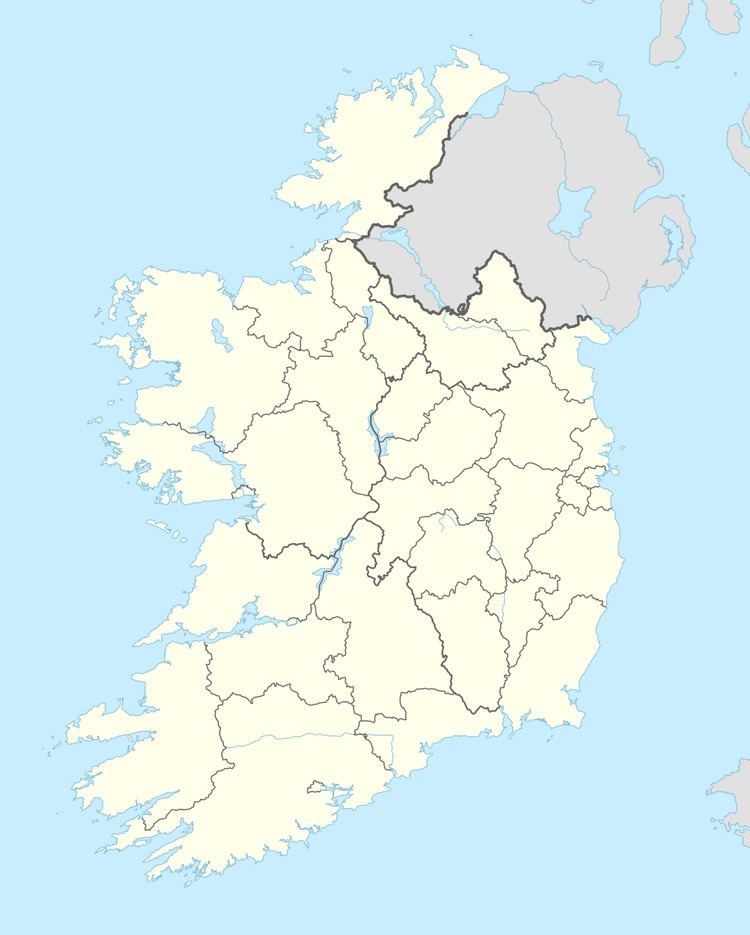Alternate name Rath Meabe, Rath Maeve Material earth Diameter 230 m | Type Embanked enclosure Circumference 700 metres (770 yd) Area 4 ha Province Leinster | |
 | ||
Similar National Aquatic C, Trim Castle, Dublin Zoo, Hill of Tara | ||
Rath Meave is a henge located near the Hill of Tara in County Meath, Ireland. It is a National Monument.
Contents
Location
Rath Meave is located in the Tara-Skyrne Valley, 1.3 kilometres (0.81 mi) south of the Hill of Tara and 3.4 kilometres (2.1 mi) east of Kilmessan.
Description
The remains of Rath Meave consist of an approximately circular henge, about 700 metres long, enclosing an area of about 4 hectares.
A cut on the north side of Rath Medb’s bank, presumably the entrance, is aligned with the oldest site at Tara, the Mound of the Hostages.
History
Rath Meave was constructed during the fourth phase of Tara's building, in the early Bronze Age (c. 2000–1500 BC). This was around the same time as the Mound of the Hostages was used for burials. It takes its name from Medb Lethderg, a Celtic sovereignty goddess who in Irish legend was the wife or lover of nine successive Kings of Tara. Her relationship to the better-known Medb of Cruachan, legendary Queen of Connacht, is unclear; they may be the same character, or one may have inspired the other. The name Medb means "intoxicator" and is cognate with "mead," making clear the connection between the marriage of the king to the sovereignty goddess and the use of alcohol at these ceremonies.
Conservation
Despite its antiquity, Rath Meave remains farmland in private ownership. Controversy was aroused in 2008 when the rath was planted with kale, a deep-growing vegetable with a long tap root. Its harvesting potentially damaged archaeological remains undiscovered on the rath.
